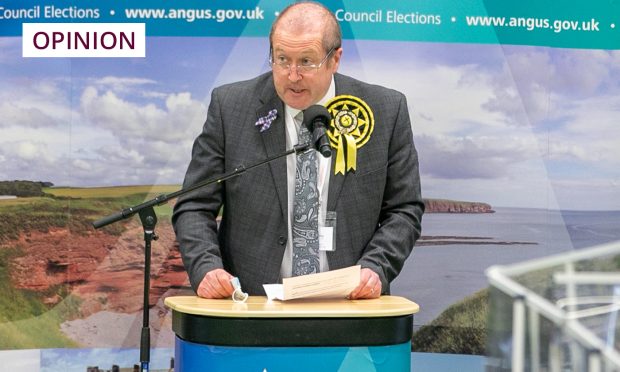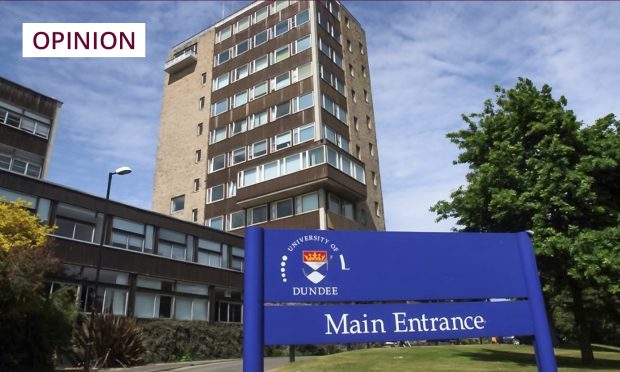Critics of the SNP’s new hate crime legislation have rightly seized on a juvenile marketing campaign by Police Scotland to promote the law.
In a video some mistook for a poorly executed parody, Scots are advised not to feed the “hate monster”, who “loves in when you get angry”.
With language better suited to a primary school citizenship class, the campaign material goes on to explain that it’s young men aged 18-30 most likely to fall victim to this mythical beast.
“They may have deep-rooted feelings of being socially and economically disadvantaged, combined with ideas about white-male entitlement,” the official Police Scotland website for reads.
“If you have committed or feel you are at risk of committing a hate crime, remember, it doesn’t make you feel better. Maybe for a moment, but in the end, you feel worse.
“The hate lingers. It can really mess up your life in other ways too, like when it comes to things like finding a job.”
Critics of the SNP’s new hate crime legislation – which will make it an offence to intentionally stir up hate against people based on their gender, sexuality, disability or other characteristics – have understandably mocked this laughable effort to promote it.
Instead of talking to Scots as adults, setting out exactly what kind of behaviour will cross the line and how it will be dealt with, Police Scotland launched a kindness campaign not dissimilar to what many of us will have seen in primary school anti-bullying initiatives.
But the police service has no business policing kindness. How some choose to express themselves, in real life and online, may make them unpopular – you may even avoid inviting them to the pub – but in the overwhelming majority of cases the police should have no business in the lives’ of most ordinary Scots.
‘There’s a line some will cross into criminal hate’
They do not exist to step in to settle playground squabbles and insults. However unsightly, Scots do have the freedom to be unkind and even aggressive in how they speak to others.
But there is a line, and some will cross into criminal hate.
Rather than explaining the difference, the campaign has instead undermined an important law meant to add further protections for those most vulnerable to the venom of bigots.
The campaign notes that a police record for a hate crime won’t be a good look.
But instead of becoming a badge of shame, potential convictions under the legislation risk becoming a joke which can be misleadingly dismissed because of public perception.
Sceptics have also seized on the introduction of third party reporting centres, where policing hate will be farmed out to unqualified volunteers who have done little more than watch an online presentation.
New law further undermined by bad communication
Again, this mechanism has been undermined by such poor communication and explanation.
In existence prior to the new hate crime laws, volunteers at colleges, universities and community centres are trained to help those subject to hate crime to find justice.
In principle, third party centres provide a space where minorities who may feel unable to contact the police can seek support in a more relaxed setting.
But the well-intentioned initiative has become yet another victim of poor communication.
Reporters asking basic questions about who had input into the training package for volunteers and why an online course was thought suitable received no serious answers.
This inability to accept even basic scrutiny of important changes to policing in Scotland has prompted further suspicion and concern about the hate crime laws.
The Scottish Government must also accept some responsibility for these failures. It cannot just enact new legislation and hope it is rolled out well.
Its landmark hate crime law came about as a result of a review of existing legislation by Lord Barcadale.
In his final report, the retired judge made a persuasive case for clearer terminology.
That the outcome of his work has come under heavy criticism due to such poor communication is painfully ironic.
In the weeks ahead as we prepare for this new law, the Scottish Government and Police Scotland must think carefully about how it communicates with Scots.
Anything else will result in the law becoming a failed white elephant.
My colleague Andrew Liddle’s poignant words last week about his cancer diagnosis struck a chord with many readers.
His life affirming outlook reminded us all we should find comfort in the things so easily forgotten.
And as the hate crime laws come into force, the response to Andrew’s column shows how politics can be done well.
It can be a brutal business. Deeply-held convictions can cause political opponents to harbour lifelong grudges against each other.
As a former Labour spin doctor, Andrew’s powerful skills as a writer will have doubtless caused upset for many of his political opponents.
Despite this, no long-held grudges were evident in the response to his diagnosis. Well-wishers from across the political spectrum, without exception, shared kind words and best wishes.













Conversation